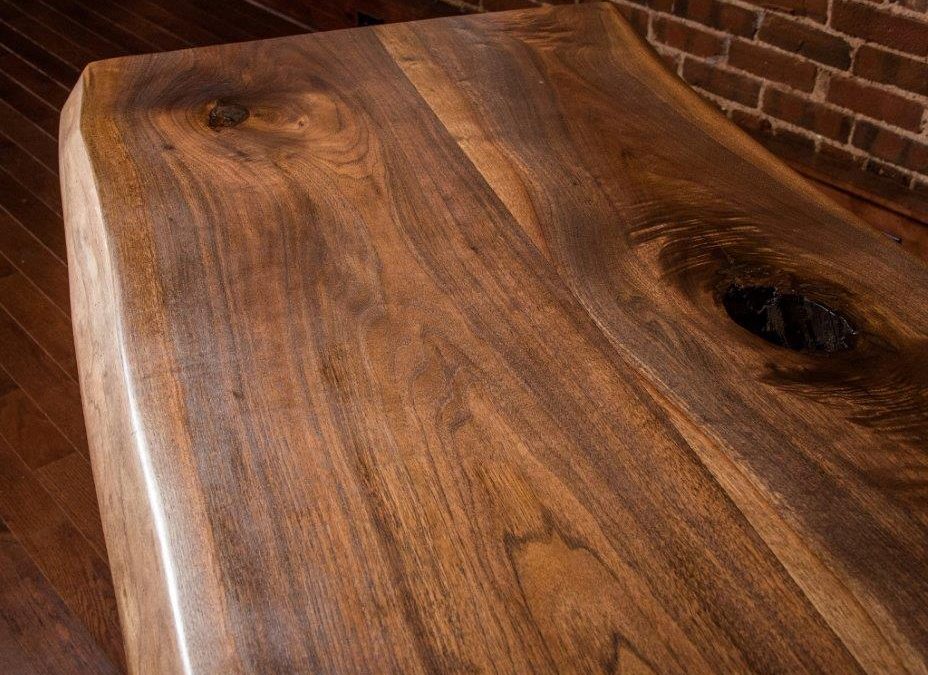The Japanese concept of wabi sabi is ancient, deriving from even more ancient Chinese words. Scholars agree that wabi originally meant “the loneliness of living in nature, remote from society.” Sabi meant “chill,” “lean,” or “withered.” The more modern, more lighthearted meanings include the ideas of rustic simplicity, freshness, or desirable “quirks” that arise in an object during its making, plus the wisdom of age – especially as shown in the marks of use. Art critics often use the short-hand definition, “flawed beauty.”
Wabi sabi speaks directly to craftsmanship and indirectly to beauty. It appreciates the hand of the maker and finds beauty in that. It’s one reason we don’t find beauty in plastic and machine-made things; there’s no sense of human touch in those things, no link between the person who created it and the person who acquires it.The basis of wabi sabi is the beauty of craftsmanship – craftsmanship as opposed to anonymous, machine production.

